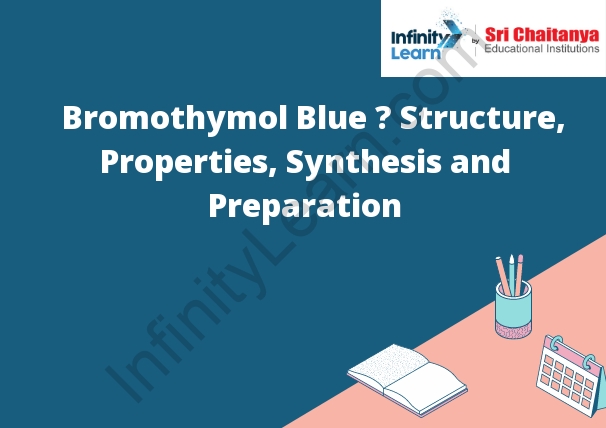Table of Contents
What is Bromothymol Blue?
Bromothymol Blue is a blue dye that is used in a variety of applications, including as a pH indicator. It is a weak acid that turns blue in acidic solutions and yellow in basic solutions. This makes it a useful tool for measuring pH levels. It is also used in medical diagnostics, as it can be used to test for urinary tract infections.

Bromothymol Blue Formula
The Bromothymol Blue molecule is a weak acid that is used as a pH indicator. The molecule has a blue color when it is in a acidic environment and a yellow color when it is in a basic environment.
Bromothymol Blue Structure and Properties
Bromothymol blue is a weak organic acid with the chemical formula C6H4BrO2. It is a yellowish green crystalline solid that is soluble in water and ethanol. Bromothymol blue is a weak acid with a pKa of about 5.5. It is a monoprotic acid and can dissociate into a bromothymol ion and a hydrogen ion. The bromothymol ion has a blue color, which is responsible for the blue color of bromothymol blue solution. Bromothymol blue is a chelating agent and can form complexes with metal ions. It is used as a pH indicator and changes color from yellow to blue at a pH of about 6.8.
Physical Properties of Bromothymol Blue
Bromothymol blue is a weak organic acid that is a yellow-green color in solution. It is a reversible indicator that changes color from yellow to blue in the presence of carbon dioxide. This indicator is used to test for the presence of carbon dioxide in a gas sample. When bromothymol blue is mixed with a base, it becomes colorless.
Synthesis and Preparation
The synthesis and preparation of the 2,5-dimethyl-4-methyl-1,3-thiazole-4-carboxylic acid is accomplished through the use of a Grignard reagent. First, a solution of methylmagnesium bromide in diethyl ether is prepared. Next, a solution of 2,5-dimethyl-4-methyl-1,3-thiazole in diethyl ether is prepared. The two solutions are then combined and the resulting mixture is refluxed for two hours. After the two hours have passed, the Grignard reagent is allowed to cool to room temperature and the product is isolated by precipitation.
Uses of Bromothymol Blue
A common use of Bromothymol Blue is as a pH indicator in various laboratory applications. It is also used as a food additive to indicate the pH of food products.
Chronic Effects of Bromothymol Blue on Humans:
There is no long-term research on the chronic effects of bromothymol blue on humans. However, because it is a dye and a weak acid, it is likely that it could cause skin irritation and stomach upset if ingested in large quantities.









